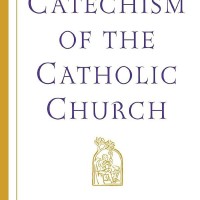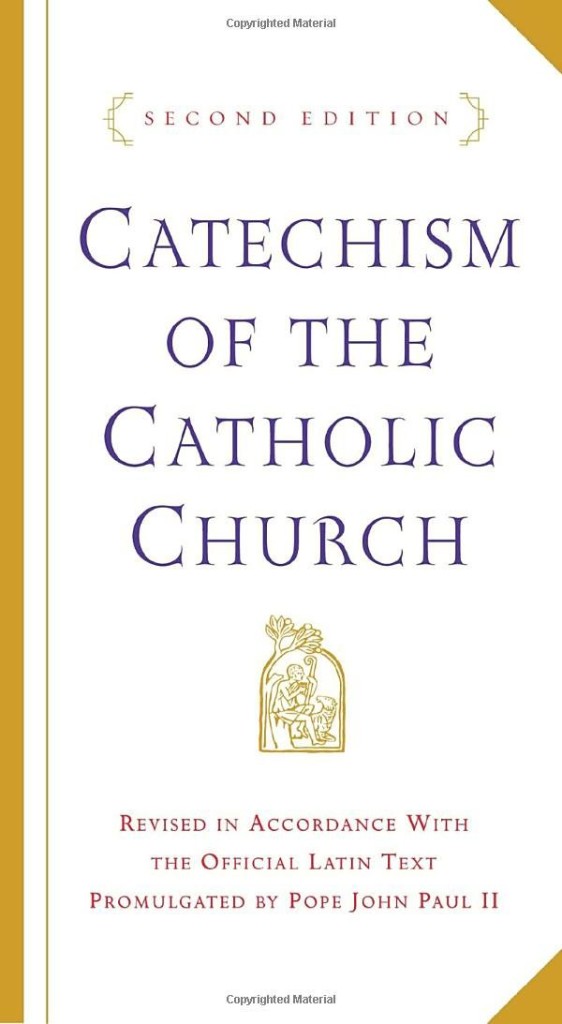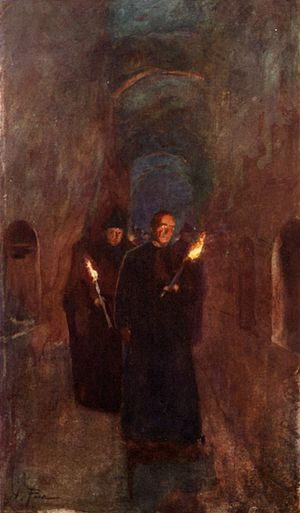This year my New Year’s resolution was to read the Catechism of the Catholic Church. I’m happy to report that I finished part one which explains Church doctrine by walking through the Creed. It looks like reading the Catechism is going to be a two year project given that it’s already June and I’ve only finished the first part. I thought I would write about the Catechism as I finish each part instead of waiting until I was completely done reading it. Here are my thoughts about part one of the CCC.
I always thought that Catechism was the 10 (thousand) Commandments of the Catholic Church. I was expecting a “do and don’t” list of sorts. But providing a list of rules without any context doesn’t make much sense so naturally our church fathers laid down a spiritual foundation to start the CCC. Part one is a well crafted narrative that walks through each phrase in the Creed and uses it to explain some aspect of the Catholic faith. And boy does it go into detail at some points where a simple phrase in the Creed referencing the Holy Spirit or the Communion of Saints expands to multiple chapters of theology. It does get a bit dry and heavy at times but it does provide a solid foundation for the “rules” that come later on.
You have to excuse the nerd speak for a second, but part one of the CCC is like unzipping a compressed digital file. The Catholic faith compresses nicely in the Creed but like a compressed file on a computer, it’s hard to get anything useful out of it when you only see it in its compressed state. It’s doubly difficult when the only time you think about the Creed is for those three minutes you utter them in a half comatose state after the homily during Mass. The CCC is the spiritual “unzip” that takes all that compressed data and makes it something more useful. Note that it doesn’t introduce anything new that isn’t implied in the Creed but it does clarify the pillars of the Catholic faith.
Another way to think of part one of the CCC is like walking through an art gallery. If you don’t know anything about art then you would look at a Monet painting and wonder what’s so special about some blurry landscapes. But if you’ve studied art history and understand the ideas behind Impressionism then the paintings take on a different character. You can understand the richness and the story behind each work. Likewise, the Creed may just seem like a bunch of simple statements but part one of the CCC helps you discover the richness and history behind those phrases. And while someone may not understand every details of the Catechism, that level of understanding isn’t necessary to appreciate it and gain some insight into the Catholic faith.
I recommend part one of the CCC to anyone truly interested on learning more about the foundations of the Catholic faith. As I’ve said before, part of being a faithful Catholic is also being an informed Catholic. We need to make learning about our faith as much of a priority as we make learning basic life skills. Because I can’t think of a more useful tool for Satan to spread his lies than an uninformed Catholic (just look at Nancy Pelosi). Don’t unknowingly be one of Satan’s minions. Become informed and put part one of the CCC on your reading list.















